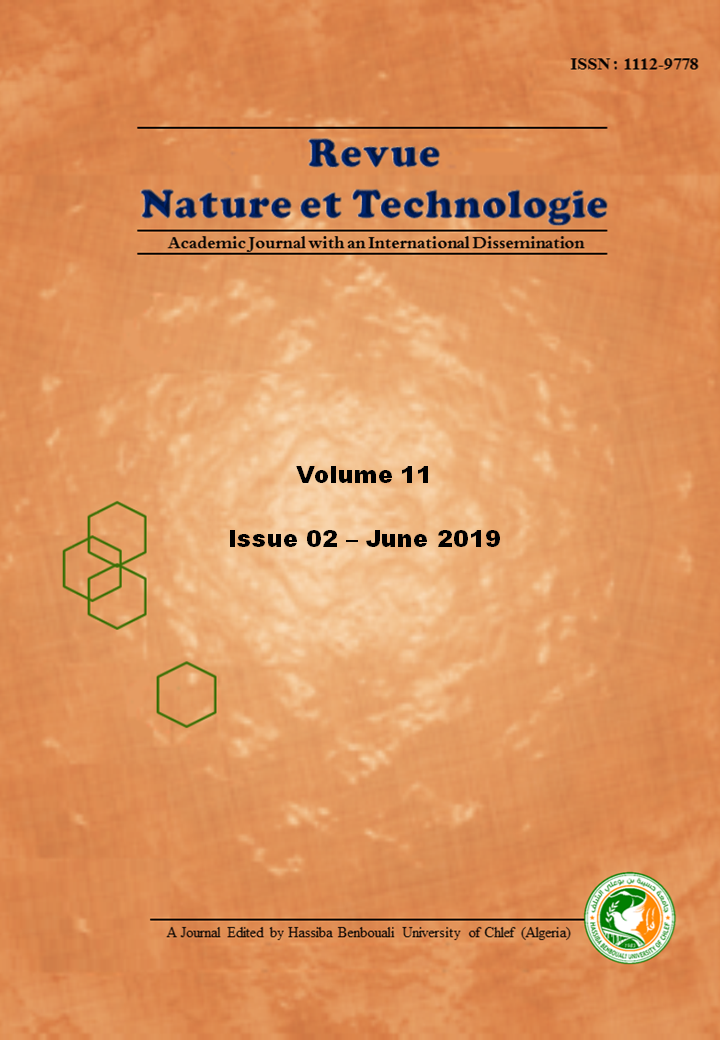Antioxidant activity of hydroethanolic and hydroacetone crude extracts of hydroacetone extracts of the organs of four plants from Ivory Coast medicinal plants
Keywords:
Polyphenols, Crude extract, Antioxidant activity, DPPH●, Ivorian pharmacopoeiaAbstract
By DPPH● radical scavenging method, the antioxidant activity of the total hydroethanol and hydroacetonic extracts of Palisota
hirsuta (Commelinaceae), Mallotus oppositifolius (Euphorbiaceae), Ocimum gratissimum (Lamiaceae), Glyphaea brevis (Tiliaceae), four plant species from the Ivorian pharmacopoeia have been evaluated against two references (vitamin C and quercetin). The median
concentration (CR50) defined as the concentration of the extract necessary to reduce 50 % of the initial concentration of the DPPH●
radical, has been used as a parameter to evaluate the efficiency of the extracts in relation to the DPPH●. The results obtained in this work indicate that the crude hydroethanolic extract of Mallotus oppositifolius leaves has the best antioxidant activity (CR50=200.7±0.2 μg/ml) among all the extracts studied. However, this extract is less effective than vitamin C (CR50=136.2±0.3 μg/ml) but more effective than quercetin (CR50=222.1±0.2 μg/ml).

Downloads
Published
How to Cite
Issue
Section
License
Copyright (c) 2019 Nature & Technology Journal

This work is licensed under a Creative Commons Attribution 4.0 International License.
- All publications of "Nature & Technology Journal" are available under CC-BY Creative Commons Attribution 4.0 International which allows sharing, copying, reproduction, distribution, communication, reuse, adaptation by all means, in all formats and under all licenses.
- Any exploitation of the work or derivative works, including for commercial purposes, is possible. The only obligation is to credit the creators of the authorship of the original works, to indicate the sources and to indicate if modifications were made to the works (obligation of attribution).
This License gives:
- Nature & Technology Journal the right to develop, promote, distribute and archive the article set cited above (including, without limitation, the right to publish the work in whole or in part in any form whatsoever) and ensure the widest dissemination.
- The author (s) reserves the right to use all or part of this article, including tables and figures of his own works, providing that the appropriate recognition is given to the publisher as the holder of the copyrights, and the right to make copies of this article for its own use, but not for sale.



